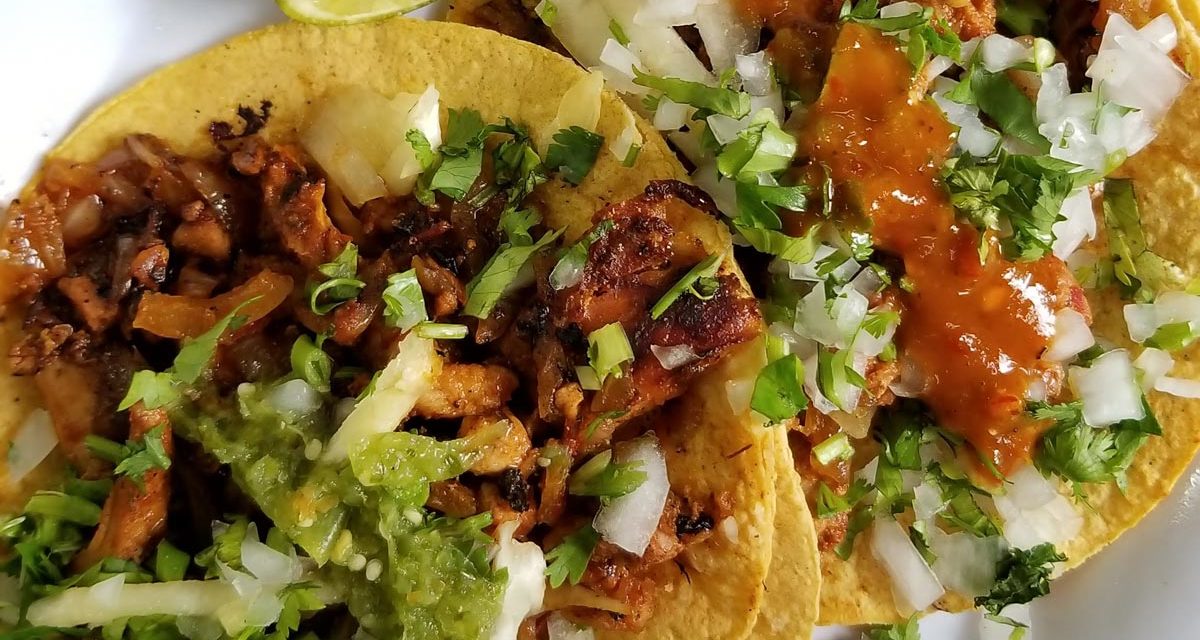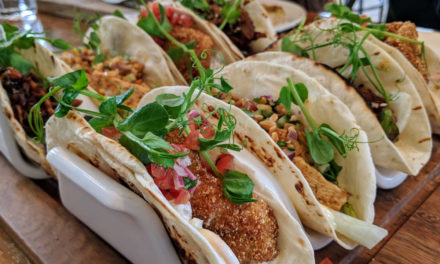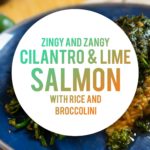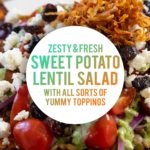Food + Travel
It’s no surprise that food and travel go hand in hand. Think about the last couple of trips you’ve been on and the memories you brought back with you. For me that’s tacos in Tijuana, baleadas in Honduras, duck in Thailand, pizza and ramen in NY. For some reason, those foods just were better in those places. But what makes the taco in Tijuana better than the taco in San Diego? I know the ingredients are the same, I know the tortillas are just as fresh, the salsa made with the same ingredients and the spices not more pungent. So what gives? Why do the flavors of the original Tacos el Gordo in Mexico linger a little longer than the Tacos el Gordo in San Diego?
Like too many other things at YumSizzle we’ve made a formula for this. Yes, I know I have a problem, no, I won’t stop this formula making, yes, I know the math doesn’t always add up. Sorry not sorry.
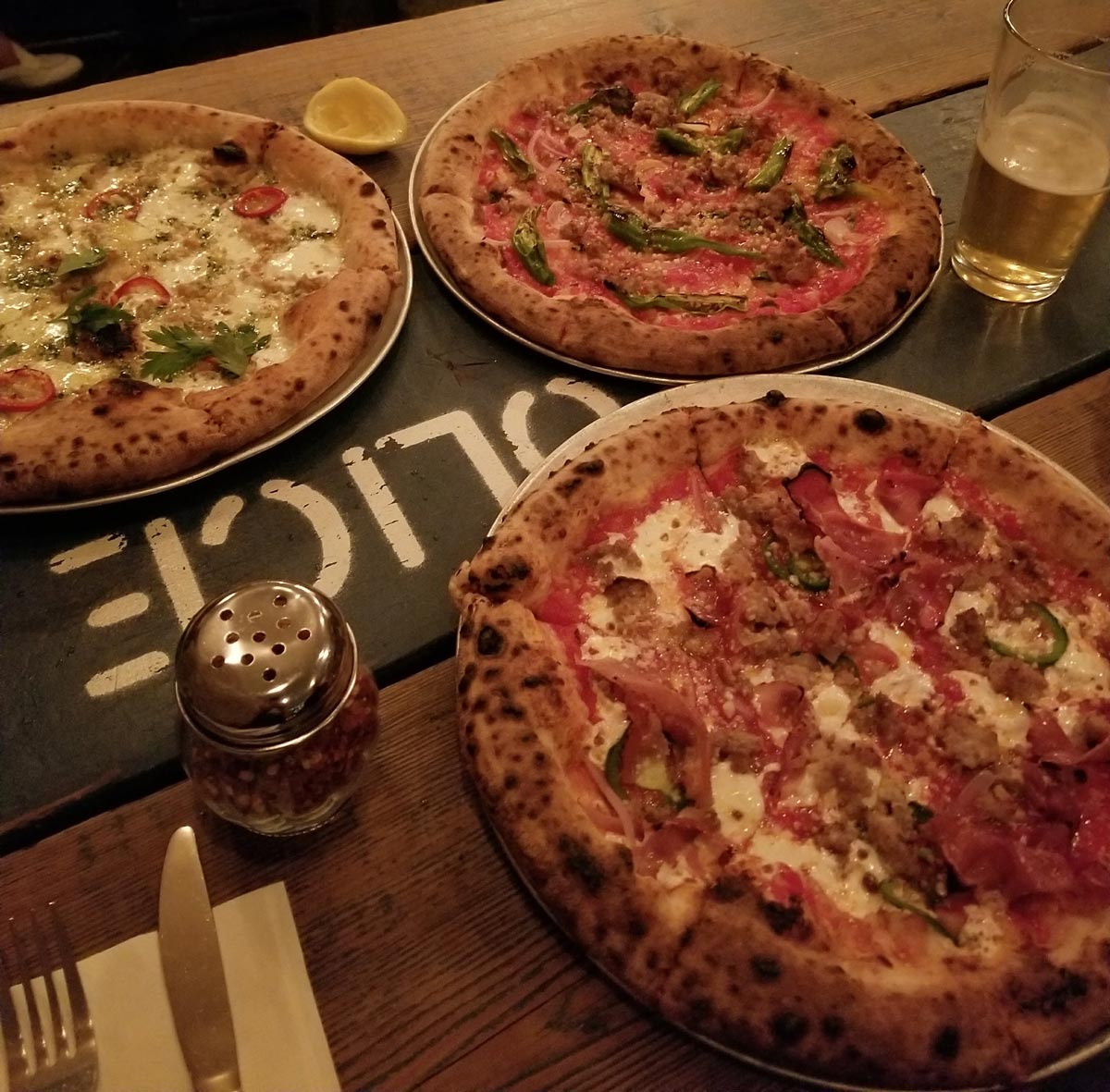
Environment + Intention + Flavor = YumSizzle
Environment
I’ve long been a proponent of the idea that the strongest and longest lasting memories are the ones with multiple sensory experiences involved. Food tastes better when traveling because we’re paying attention. The bowl of noodles in Thailand might not have the best quality ingredients, but the experience of walking out of a hostel in Bangkok and deciding to walk the 1.5 miles to the overcrowded touristy temple instead of take a rickshaw is the first step in a memorable experience.
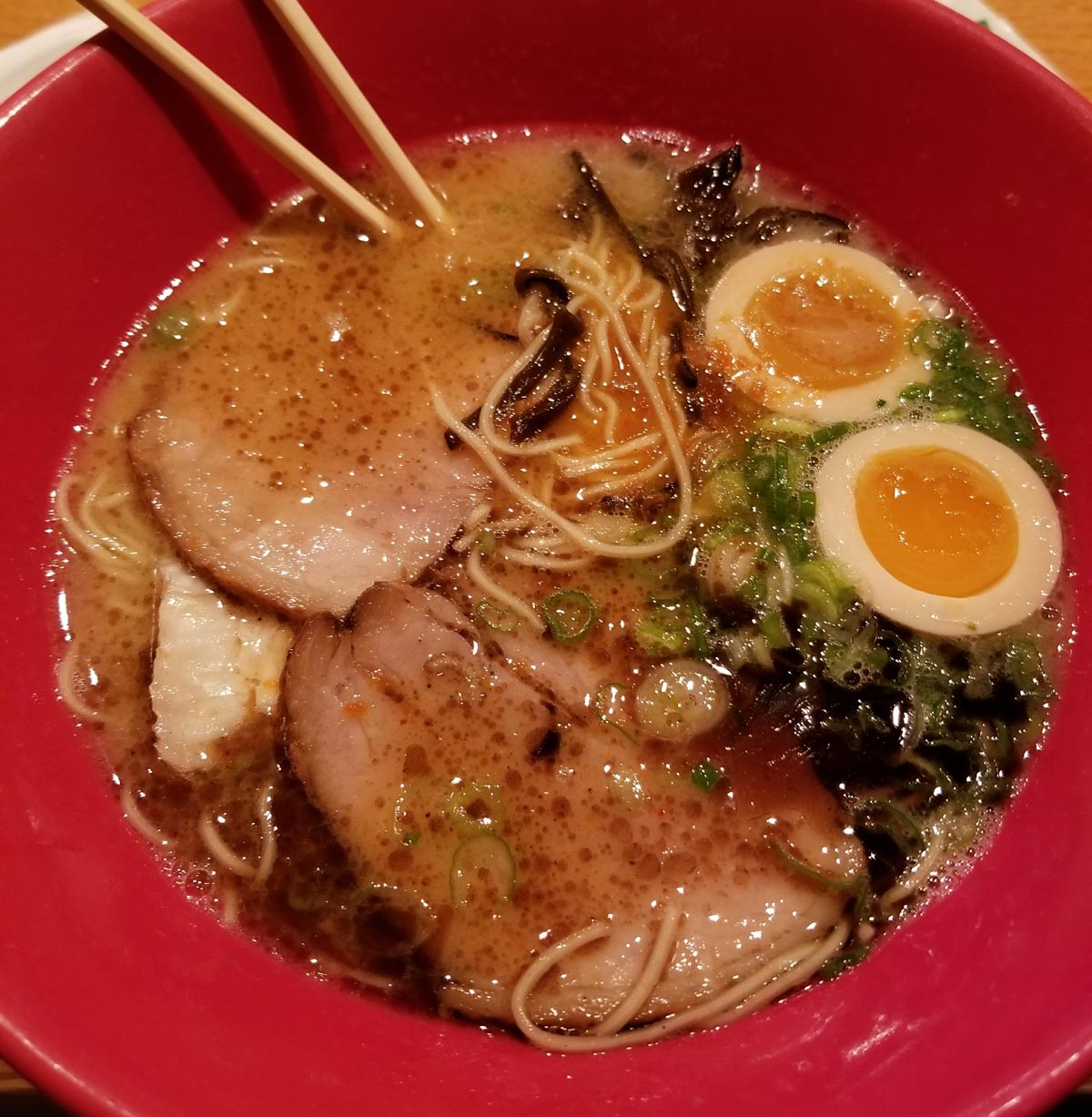
Getting lost, getting a little hangry, skipping the place that yelp told you to go to and taking a chance on a small spot where there’s not a English menu in sight. Pointing to the big bowl of wontons the people next you are eating, and hoping they aren’t filled with something a little too questionable. That first tentative slurp, with rickshaws put-putting and honking, the smells of the soup mixing with the particular smog that only exists in southeast asia. The hilariously faded photos on the wall, and the peeling paint, plastic chairs, clean-ish silverware. These are the things that make that bowl of wontons delicious.
That same bowl of stuffed noodles ordered from Seemless just wouldn’t be the same. Without the sweltering heat of summertime southeast asia, the screamingly loud TV in the corner of the restaurant, and the anticipation of not being sure what you ordered, that bowl of soup simply wouldn’t be as good.
Decor Means Something?
It’s this experience that the best restaurants are able to capture, and replicate. I’m not talking about the fancy pants Madisons, Stone Barns, and Juniper and Ivy’s of the world. I’m talking about every Italian restaurant in the tri-state area that had wooden wrapped bottles of wine, a map of Italy, and a mural of a vineyard on the walls. I’m talking about every Japanese restaurant with a waterfall and bamboo ‘garden’ in the entryway. The ice cream parlors in Southern California with a Cape Cod theme, and the Indian restaurant with candy coated fennel seeds and a large painting of Shiva on the wall.
When you cut down to the core of it, restaurant owners are distilling an entire vacation into a single meal experience. Frankly, for the most part it works. These caricatures of the real experience gives our senses a pathway of expectation. This is why travel TV and food TV have played such a significant role in how we experience food. We’ve seen Anothony Bourdain and Andrew Zimmern experience and describe what it’s like to eat at an Izakaya in Japan, so when I walk into a small restaurant with a coal grill, and workers wearing bandanas my brain says “oh! Just like the real thing!”, then conjures up images of neon signs, business workers, and crazy crowded intersections.
The physical location and surroundings are only half of the equation. There’s a whole other side to this that is more personal and has to deal with our expectations, and the intention of the meal. Regardless of how amazing the food is, if you’re eating it while scrolling instagram and watching TV there’s no way it will ever be the best thing you’ve ever eaten.
Intention
It’s not that food tastes better on vacation, it’s that on vacation we’re eating with intention, and that makes all the difference. The best example I can think of here is when friends come to town to visit and we go out to eat. We live in San Diego, so inevitably my East coast buddies all come out and want to spend the next 5 days eating nothing but tacos. This is great for me, I love tacos (and burritos), and know some great spots. But what always strikes me is how a pedestrian battered fish taco for me, is a perfectly cooked, flaky, crunchy, spicy, zesty baja flavored experience for my friends.
My intention in this instance is to provide them with the best food experience. I’m enjoying the tacos, but I’ll never have that same intention in eating them as the travelers. They flew all the way across the country, left behind frigid NY winter, landed in San Diego, and 45 minutes later were sitting on the beach getting their first taste of the godliness that is orange fish taco sauce. Their intention is to experience these flavors in full effect.
Often our intention when we travel is to experience the moment. We shut down technology, rely a little more on intuition and street smarts, and search out more authentic experiences. By eating with intent we savor the moment and imprint a more valuable lasting memory. If you just spent the day driving through the hills of Italy where you saw farms growing tomatoes and fields of wheat and cows then later that day you sit down to eat a pizza. You’ll be more likely to eat with intent and be more mindful of the dairy from the cows you saw that was used to make the cheese, the wheat that was ground to make the dough, the tomatoes used for the sauce.

Mindful Eating
It’s one of the reasons why farm to table is so appealing to eaters around the globe, and why some of the best food experiences while traveling are in markets. There’s a great restaurant in Queens called the Astoria Fish Market, and it’s a prime example of this. At the Fish Market you chose your own fish fresh off the ice, and bag it up, bring it up to the counter and let them know how you want it prepared. The food there is fantastic, the ambiance is cramped and exciting and fast, and there’s no way to be in there without eating with intent. When the hot dish lands on your table there’s nothing else that matters other than the enjoyment of the moment. Your attention is fully on the food because you’re invested in the experience. I don’t think the fish is any better at the Astoria Fish Market than anywhere else in NYC. I’m not convinced the spices they’re using are any fresher or the sauces more flavorful than any of the Greek spots down the street. But I know that because of the experience I’m more mindful of what I’m eating.
That’s what it really comes down to. Turns out the hippy nonsense of enjoying the moment and appreciating what’s around you actually makes a lot of sense when considering food. If you’re thankful and considerate of where the food you’re eating is coming from and the effort that went into creating it, then there’s a much higher probability of enjoyment.
Flavor
There is no substitute for flavor. Obviously if something doesn’t taste good, then there is no combination of environment and intention that will make it yummy. However, food that might not be the best can become an amazing experience in the right circumstance. I love hot dogs at baseball stadiums….I know they aren’t fresh, and I know it’s anonymous tubed meat, but I could care less. There’s something about stepping on peanut shells, unwrapping that foil covered dog, smothering it in mustard and washing it down with a Bud heavy tall boy that just makes those hot dogs uniquely delicious.
There’s a lot to be said, too, for exotic flavors and new experiences. The first time we try many foods tends to be when we’re traveling. Our first experience is bound to be more memorable than the 20th time we eat something. When we were in Thailand we spent a couple hours one afternoon walking around a market trying different foods. Most of these were local delicacies that I had never seen before. Some of them were amazing morcels of fish sauce and lemongrass, others were a little more off putting, but all of them left a lasting impression in my mind.
Environment + Intention + Flavor = YumSizzle
Food Is Good…Regardless of Location
This whole article was prompted by a friend who recently commented with a mouth full of shrimp taco “food always tastes better when travelling”. Sure, many of our memorable food experiences happen when we travel, but there’s more to it than ‘the food is better’. There’s the environment that we eat in, what we’re thinking and doing when we’re eating, and the freshness and familiarity of the flavors that all play a role in how delicious that meal is. The next time you’re out at the restaurant you’ve been to a million times, or sitting on the couch chowing down on that take out, pause for a couple seconds and consider the situation. Put the phone down, consider where the food came from, think about its origin story, the ingredients that went into it, the cooks that made it, and how it got to you. You might discover that it isn’t travel that makes the food more delicious, but your mindset while eating that’s the real arbiter of flavor.

